How To Make A Tv Antenna With Coaxial Cable

In an era dominated by streaming services and on-demand content, the notion of crafting a do-it-yourself (DIY) TV antenna might seem anachronistic. However, for many, particularly those in rural areas or facing economic constraints, accessing free over-the-air (OTA) broadcasts remains a crucial lifeline. The ability to construct a functional antenna from readily available coaxial cable can provide access to local news, emergency alerts, and entertainment, bypassing costly cable or satellite subscriptions.
This article delves into the practical methods of creating a TV antenna using coaxial cable, outlining the materials needed, step-by-step instructions, and essential considerations for optimizing signal reception. It examines the underlying principles of antenna design and explores the potential benefits and limitations of DIY solutions, ultimately offering a pathway to accessible, no-cost television broadcasting.
Materials and Tools
Building a basic coaxial cable antenna requires minimal investment and readily available materials. The primary component is, of course, coaxial cable, preferably RG6 for its superior shielding and signal quality. You'll also need a pair of wire strippers, a measuring tape or ruler, a utility knife or scissors, and electrical tape or weatherproof sealant.
Optional, but highly recommended, are a balun (balanced-to-unbalanced transformer) and a mounting structure, such as a piece of wood or PVC pipe. A balun helps match the impedance of the antenna to the input of your TV, improving signal transfer. The mounting structure allows for secure and strategic placement of the antenna for optimal reception.
Construction Methods
The Simple Dipole Antenna
One of the simplest antenna designs using coaxial cable is the dipole antenna. This design involves creating two radiating elements, each a quarter-wavelength long, connected to the inner conductor and shield of the coaxial cable. Calculating the appropriate length of these elements is crucial for tuning the antenna to specific frequency bands.
Start by determining the target frequency range for your local broadcast channels. Online resources and antenna calculators can assist in determining the optimal element length, using the formula: Length (in inches) = 2808 / Frequency (in MHz). Once you have the length, cut two pieces of wire to this dimension.
Strip approximately half an inch of insulation from one end of the coaxial cable. Separate the inner conductor and the outer shielding. Attach one of the cut wire pieces to the inner conductor and the other to the outer shielding, ensuring a secure and electrically sound connection. Use electrical tape or solder to protect and reinforce these connections. The finished dipole should resemble a "T" shape, with the coaxial cable forming the base.
The Coaxial Loop Antenna
Another popular DIY antenna is the coaxial loop antenna. This design involves creating a loop of coaxial cable, with a small gap cut into the outer shielding. This gap acts as the feed point for the signal.
Determine the optimal loop circumference, which is typically around one wavelength of the desired frequency. Then cut the coaxial cable to the calculated length. Form the cable into a loop and secure the ends together with electrical tape or cable ties.
Carefully cut a small gap (approximately ½ inch) into the outer shielding of the coaxial cable at the point where the two ends meet. Be sure to avoid cutting the inner conductor. Connect the balun to the exposed inner conductor and outer shielding at this gap.
Optimizing Performance
The effectiveness of a DIY coaxial cable antenna depends heavily on its placement and orientation. Experimenting with different locations, both indoors and outdoors, is crucial. Elevating the antenna and positioning it towards the broadcast towers can significantly improve signal strength.
Using a signal meter or your TV's signal strength indicator can help you fine-tune the antenna's position. Slowly rotate and adjust the antenna while monitoring the signal strength, aiming for the highest possible reading. Weatherproofing the connections with sealant or waterproof tape is essential if the antenna is placed outdoors.
Consider adding a preamplifier to boost weak signals, especially in areas with poor reception. A preamplifier is installed close to the antenna and amplifies the signal before it travels down the coaxial cable to your TV.
Considerations and Limitations
While DIY coaxial cable antennas can provide a cost-effective solution for accessing OTA broadcasts, they have limitations. Their performance is often inferior to commercially manufactured antennas, particularly in challenging reception areas.
The signal quality and number of channels received can vary significantly depending on the antenna's design, placement, and the distance from broadcast towers. Environmental factors, such as weather conditions and obstacles like trees and buildings, can also impact performance.
It's essential to be aware of local regulations regarding antenna installations, especially if you live in an apartment or a homeowner's association. Some restrictions may apply to the size and placement of antennas. In some areas, the use of outdoor antennas is protected by federal law.
Looking Ahead
Despite the increasing popularity of streaming services, OTA broadcasting remains a valuable resource, providing free access to essential information and entertainment. The DIY coaxial cable antenna offers a viable solution for those seeking to tap into this resource without incurring subscription fees.
Advancements in antenna design and signal processing technologies continue to improve the performance of both commercial and DIY antennas. With careful planning, construction, and optimization, a coaxial cable antenna can provide a reliable and cost-effective way to receive over-the-air TV broadcasts. The ability to access local channels without ongoing cost can be a lifeline to news, events and emergency information, especially during times of uncertainty.
As broadcast technology evolves, understanding the fundamentals of antenna design and signal reception will remain relevant, empowering individuals to access information independently and sustainably. The ability to craft a functional antenna is more than just a technical skill; it's a pathway to informed and connected citizenship.




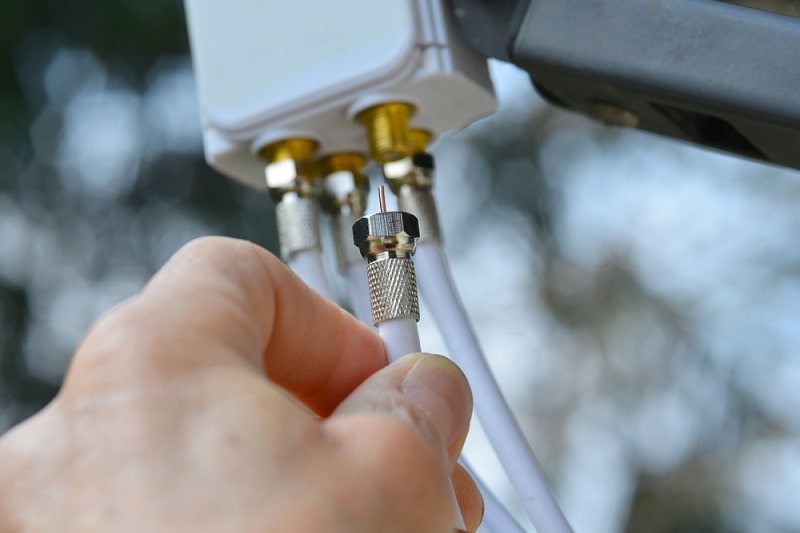

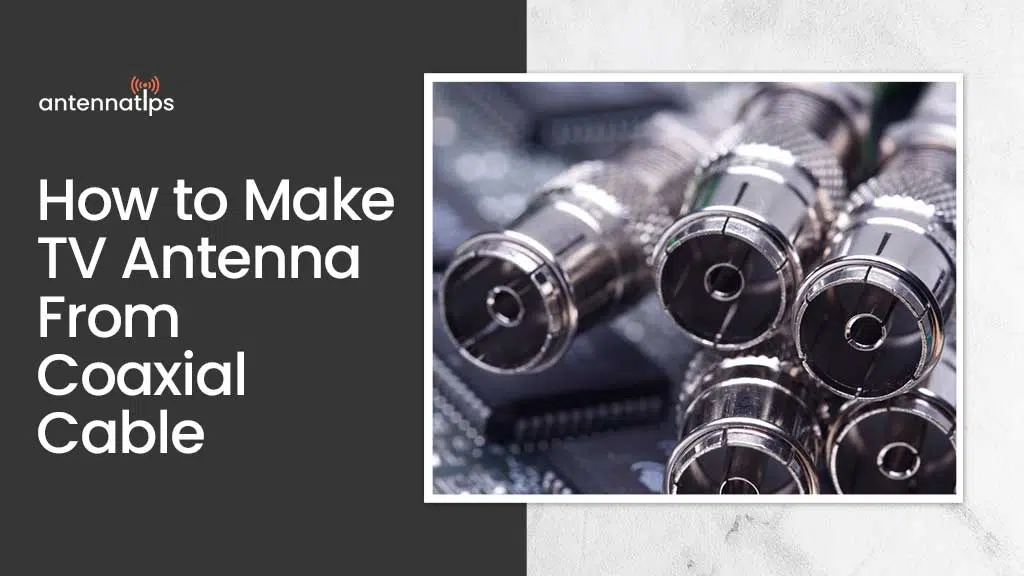
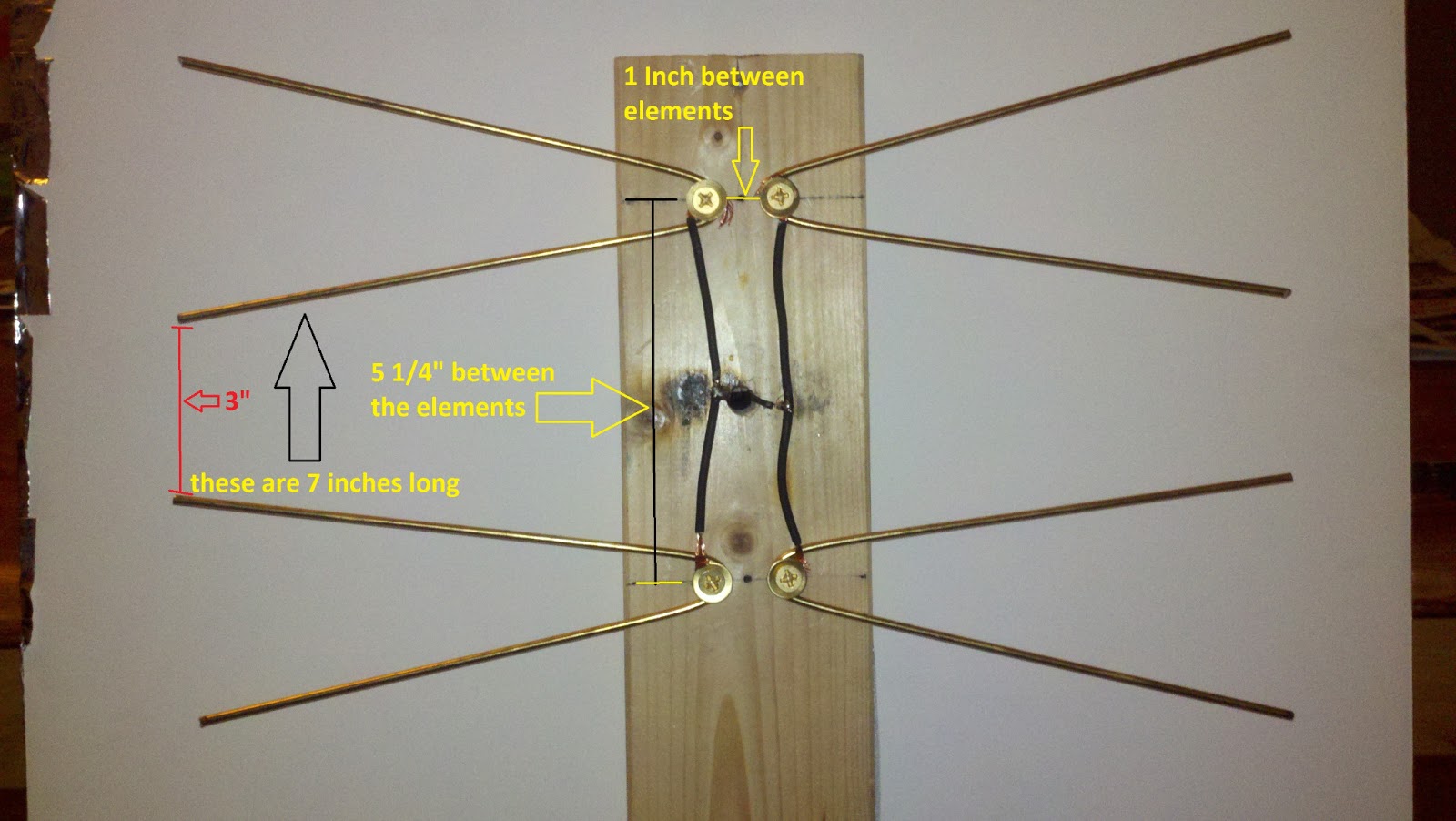
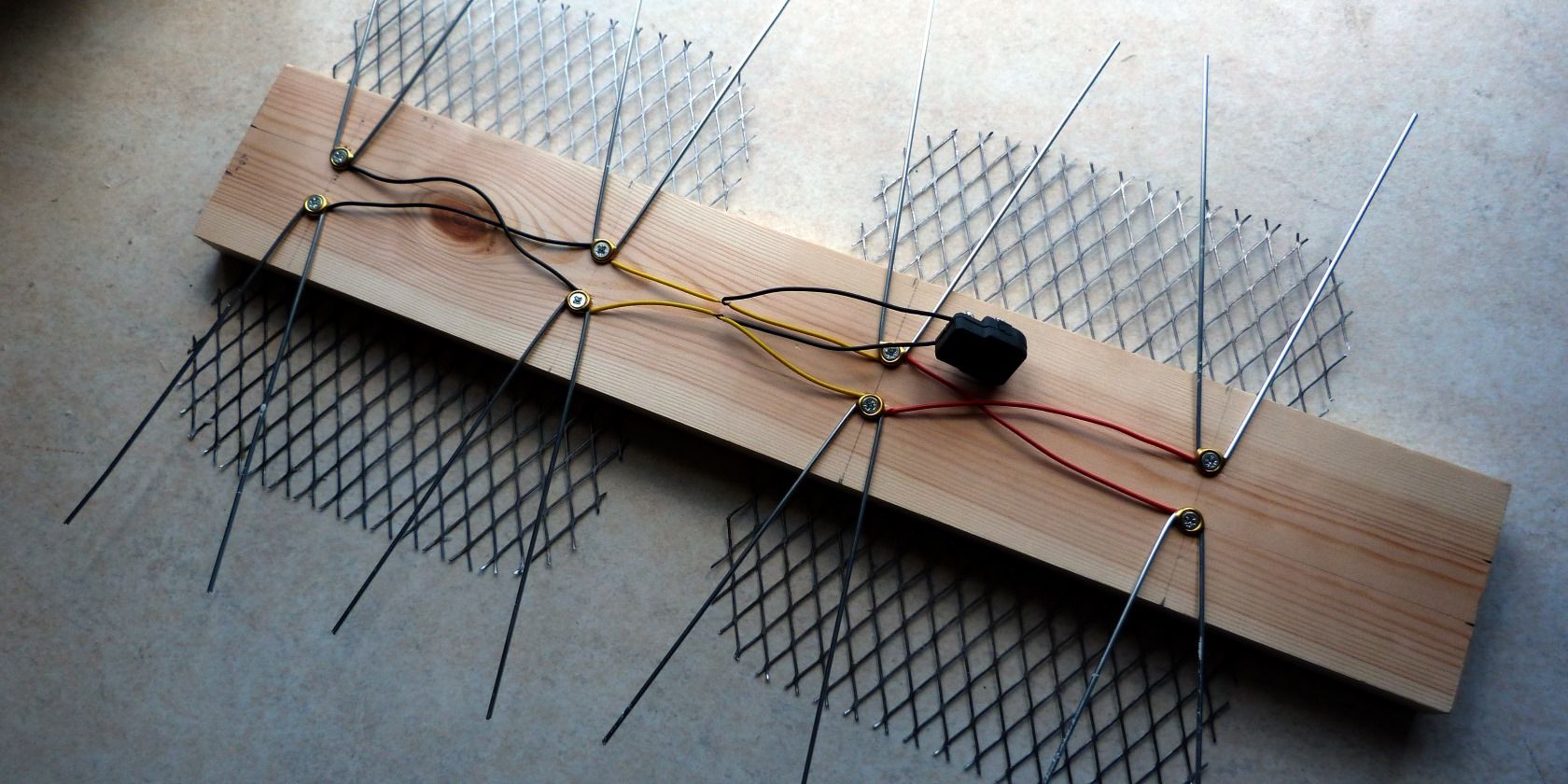

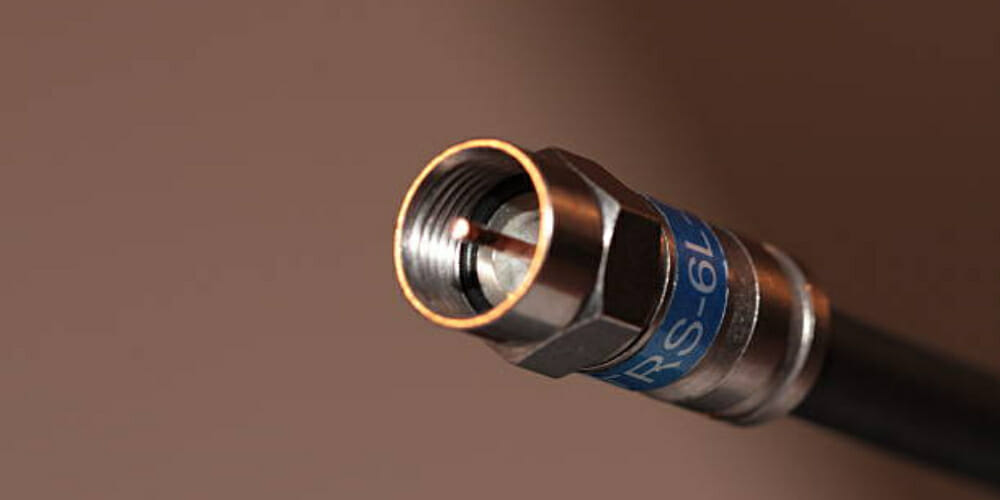


![How To Make A Tv Antenna With Coaxial Cable How to Make TV Antenna From Coaxial Cable [Step-by-Step Guide]](https://www.wikihow.com/images/1/18/Build-Antennas-Step-22.jpg)




